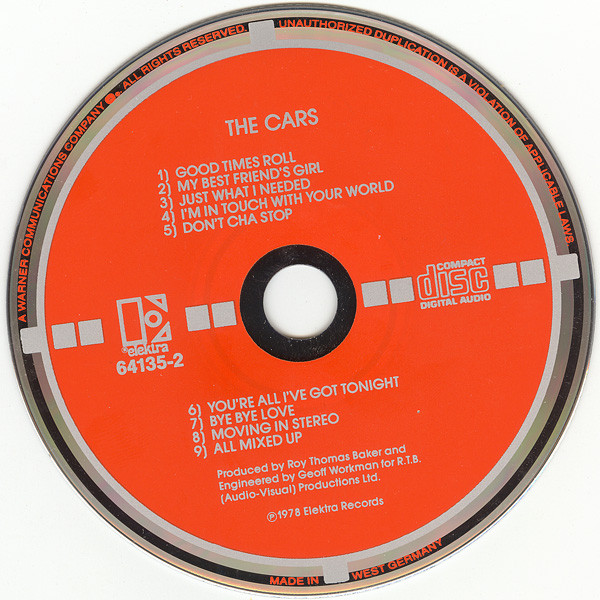I believe EAC uses an external open-source (developed by a community at a single point source) FLAC software internally so your going to end up using another external software either way (technically). FLAC software is independent of Foobar and EAC, etc.
https://github.com/xiph/flac
Only difference is maybe EAC is using a different version (1.42). Foobar may use 1.41, etc. YMMV. But in the end, it's likely from the same software point source. EAC is not user friendly (German User Interface) so it makes sense to do your FLAC conversion somewhere else IMO. Where EAC excels (German Engineering) is the initial conversion to extract from CD and that's everybody's core want. It's better to do FLAC conversion elsewhere as you will be pulling your hair out in EAC and which ever FLAC conversion software you choose, it's still using the same core FLAC software mentioned above. Once you start editing of WAV/FLAC files to your preference before the FLAC conversion process, it doesn't make sense to use EAC for editing purposes as there are much better options out there.
I don't remember much more as I completely moved on from FLAC and only exclusively use WAV. Disk space is cheap and once your chain is super tight, there is a audible difference with WAVs. FLAC, in my case, is a bottleneck and one less thing to worry about in the chain.
After EAC converts to full album WAV w/ zero embedded album art, my preference is XLD for MacOS as I only exclusively use full album WAVs w/ embedded album art. Occasionally I might use full album FLACs w/ emdedded album art (just for testing not production) or single file FLACs (iPhone). EAC doesn't have the ability for full albums w/ embedded album art besides the initial WAV w/ zero embedded album art conversion so I don't install the external FLAC software at all in EAC. I too completely bypass the FLAC conversion in EAC.
EAC also does single file WAVs, but full album is much easier to manage and again disk space is cheap. I recommend extracting full album from EAC for archival purposes and then whatever your use case, the FLAC conversion software will take care of. Treat them independently.
I also use IMGBURN (Windows Software) on Linux to make a complete backup CD as CD rot is a thing at the same time I use EAC. I use EAC on Linux, but all of this should apply to Windows. I use complex Linux Audiophile Operating System with a realtime low latency kernel custom specific to my Intel Xeon CPU, so I like to keep all my Audiophile Software in one space. I also do my gaming on a realtime low latency kernel in Linux. I have no knowledge of Windows.
The important thing is that your software (In this case, EAC) hits the AccurateRip database.
http://www.accuraterip.com/
Hopefully, your CD/DVD drive is supported as a few config parameters are important: drive offset and C2 pointers.
http://www.accuraterip.com/driveoffsets.htm
After EAC is installed, the AccurateRip database will configure your drive offset config. If your drive is not supported, purchasing another drive should not be too difficult as they are usually low cost. In the past, I prefered Plextor drives for ripping but there are so many options now (See supported drives on AccurateRip site). Plextor is discountined.
Afterwards, you just need to make sure C2 Pointers and audio cache is set correctly and that should be it.
It's worth the effort to set the foundation now instead of mass spawning of ripping a bunch of CDs and realise you have to redo over in the future because of a simple config parameter not set correctly. It's pretty straightforward especially when you have logs to compare against.
I'll try to post a AccurateRip log for reference. Without logs to cross reference, you won't know if your config is correct so I'll try my best to post soon.
Oh, the AccurateRip database also gives you a log (make sure you save at the end) of confidence along with the config parameters. The log gives a confidence sample size, so if 100 users ripped bit perfect error free you will get a confidence of 100. Once I post log, you will get a better understanding. I have rare well-mastered CDs so the confidence is low but popular compressed CDs the confidence is higher since higher sample size of users.


